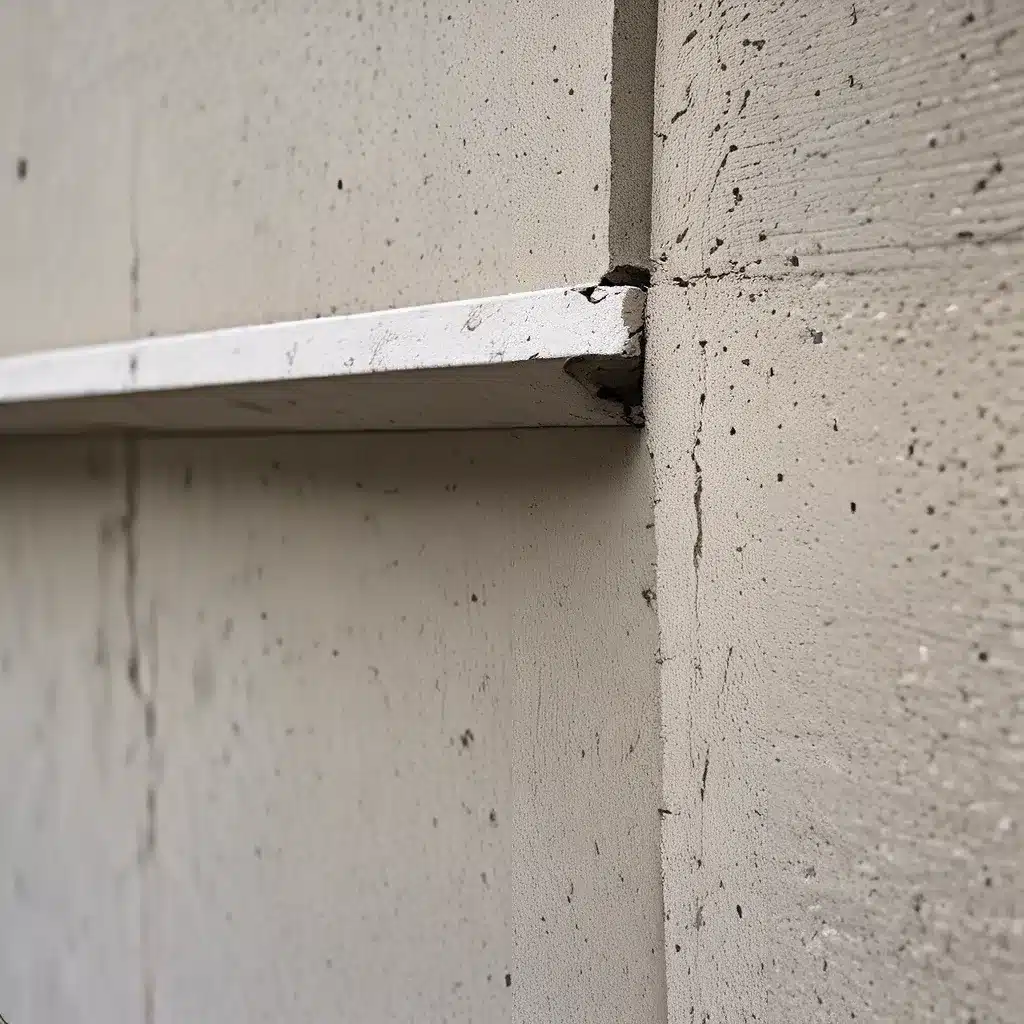
Concrete Foundations: The Bedrock of Stability
Concrete foundations are the unsung heroes of construction, providing the bedrock upon which our structures stand. Renowned for their reliability and durability, these foundations bear the weight of our buildings, ensuring stability and longevity. In the dynamic world of construction, concrete foundations stand as a testament to the timeless appeal of a material that has withstood the test of time.
The versatility of concrete allows for tailored solutions to meet the diverse needs of construction projects. Whether it’s a slab-on-grade for residential buildings, a deep foundation for towering structures, or a raft foundation for expansive constructions, concrete can be molded to meet the unique demands of every project. Its adaptability makes it a go-to choice for builders seeking both strength and design flexibility.
Concrete foundations also offer a cost-effective solution without compromising on quality. Widely available and easy to produce, concrete aligns with the practical needs of construction projects, offering a robust foundation without straining budgets. Its accessibility ensures that quality construction is within reach, regardless of the scale of the project.
The Evolution of Concrete: Fiber-Reinforced Concrete
While concrete foundations have long been the bedrock of stability, the construction industry is constantly seeking ways to enhance their performance. Enter fiber-reinforced concrete (FRC), a cutting-edge innovation that is poised to revolutionize the way we approach structural integrity.
FRC is a type of concrete that incorporates small, discrete fibers to improve its tensile strength, ductility, and crack resistance. These fibers, which can be made from a variety of materials such as steel, glass, or synthetic polymers, are strategically dispersed throughout the concrete mixture, creating a reinforced matrix that can better withstand the stresses and loads placed on a structure.
Enhancing Structural Integrity
The key advantage of FRC lies in its ability to enhance the structural integrity of concrete foundations. By incorporating these fibers, the concrete becomes less susceptible to cracking and fracturing, even under extreme loading conditions. This translates to improved performance, increased durability, and a longer service life for the structures that rely on these foundations.
Imagine a concrete foundation that can flex and bend without compromising its strength – that’s the power of fiber reinforcement. This enhanced resilience not only ensures the safety and stability of the structure but also reduces the need for costly repairs and maintenance over time.
Tailored Solutions for Unique Challenges
One of the remarkable aspects of FRC is its versatility. Just as traditional concrete can be molded to meet the specific needs of a project, FRC can be customized to address unique construction challenges. By varying the type, size, and distribution of the fibers, engineers can fine-tune the properties of the concrete to suit the demands of the project.
For example, in areas prone to seismic activity, FRC can be designed to exhibit greater ductility, allowing the foundations to withstand the lateral forces of an earthquake. In regions with harsh environmental conditions, FRC can be formulated to resist the corrosive effects of moisture, salt, or chemicals, ensuring the long-term durability of the structure.
Improved Sustainability and Cost-Effectiveness
The benefits of FRC extend beyond just structural integrity. By enhancing the performance and longevity of concrete foundations, the use of FRC can also contribute to more sustainable construction practices. Fewer repairs and longer-lasting structures mean a reduced environmental impact and lower maintenance costs over the life of the building.
Furthermore, the cost-effectiveness of FRC is another key factor driving its widespread adoption. While the initial investment in FRC may be slightly higher than traditional concrete, the long-term savings realized through reduced maintenance and extended service life can make it a more economical choice in the long run.
Embracing the Future with Fiber-Reinforced Concrete
As we look to the future of construction, the role of fiber-reinforced concrete in shaping our built environment becomes increasingly clear. This innovative material not only enhances the structural integrity of our foundations but also paves the way for more sustainable and cost-effective construction practices.
At Concrete Townsville, we are at the forefront of this transformation, leveraging the power of FRC to redefine the boundaries of what’s possible in the world of concrete foundations. By combining our deep industry expertise with the latest advancements in material science, we are able to deliver tailored solutions that meet the unique needs of our clients, ensuring the long-term resilience and success of their projects.
Whether you’re building a towering skyscraper, a sprawling residential complex, or a critical piece of infrastructure, the choice of the right foundation material can make all the difference. By embracing the remarkable capabilities of fiber-reinforced concrete, we can create structures that not only stand tall but also thrive in the face of the challenges that lie ahead.
So, let’s explore the endless possibilities that FRC has to offer and unlock a future where our built environment is stronger, more sustainable, and better equipped to withstand the test of time.

